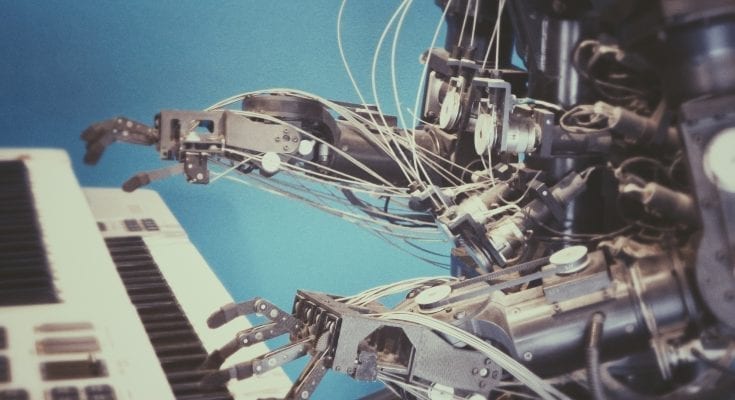Interesting Facts About AI
Digital trend analysts often mistakenly believe that consumers in developing countries would not benefit from technological advances. Whether it’s owning the latest smartphone or using cleaning robots, access to innovation, or not is one of the most visible differences between rich and poor countries. This gap has widened further since the advent of artificial intelligence (AI). For example, the vast majority of smart personal assistants, in the form of connected speakers for the home, like Alexa from Amazon, are intended for wealthy countries. In 2017, more than 80% of connected speakers worldwide were sold in North America. But if technology can widen inequalities, it can also reduce them. AI’s capabilities go far beyond operating devices: it can also revolutionize the way healthcare, humanitarian aid, finance, logistics, education, and business services are delivered in the southern hemisphere. AI is already transforming developing countries around the world to include Canada, Russia, Australia, Mexico, Spain, China, Japan, South Korea, Peru, Thailand, and more.
Artificial intelligence and development
In Nepal, machine learning is used to compile and analyze post-earthquake reconstruction needs. In several African countries, tutoring systems powered by artificial intelligence help young students catch up on lessons. Humanitarian aid agencies are using big data analytics to optimize the delivery of necessities to refugees fleeing conflict and other calamities. And in my country, India, people are using AI applications by joining Artificial Intelligence Training in Bangalore , to increase crop yields and improve their incomes.
These innovations bring us closer to achieving the United Nations Sustainable Development Goals (SDGs) in areas such as poverty eradication, good health and well-being for all, quality education, and the fight against climate change. At this stage, however, we have only scratched the surface of the progress that AI can bring to humanity. To take full advantage of AI in development, we need to find new ways to apply it, like we do with computer vision and deep learning. While AI innovations such as this are impressive, they should not be taken for granted TBH. Unless the fears, widely debated although unfounded, that the risks induced by AI outweigh its advantages are refuted, the extraordinary progress made by technological companies in the countries of the South will be hampered.
Artificial intelligence in humanitarian action
Several measures can be taken to avoid this situation. To start with, programs like the United Nations’ ” Artificial Intelligence for Social Good “, which aims to establish a dialogue on how the safe and beneficial use of this technology can advance humanitarian work, must be fully supported by public authorities. And those of us who are involved in technological development must continue to define projects, initiatives, think tanks, and organizations that would benefit from cooperation with AI companies – like AI Training in Bangalore.
But above all, the debates concerning the development of artificial intelligence for humanitarian purposes cannot be confined to aid and charitable organizations and governments alone. Investors in the technology sector must also participate. For too long, tech entrepreneurs have been focused on solving problems in northern countries, neglecting issues generally associated with developing countries. It’s high time to get beyond just the level of a Google or Facebook or Twitter, and spread around the innovation. Mobile technologies are opening up new perspectives, however, and it makes humanitarian and business sense today to target AI solutions that go far beyond Western countries.
This is the reason why I created AI Training in Bangalore, an investment fund endowed with 100 million dollars whose objective is to support start-ups in the field of artificial intelligence and robotics. Our company works with companies at the forefront of machine perception – the ability of robots to understand and identify real-world environments. We have invested in companies that work to replicate the sense of human smell, develop agile prostheses at an affordable price, and create portable machines designed to improve manufacturing processes. Our goal is to finance technologies that could potentially improve the quality of life for human beings in every country in the world. And that will, in my opinion, be the unifying characteristic of AI. The machines created today will not only be profitable but should also bring us closer to a solution to the main global problems of today.
Additional Resources:



